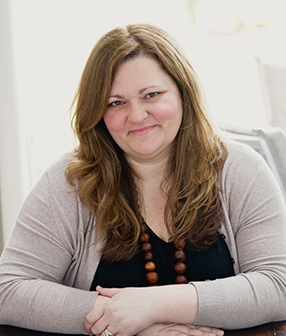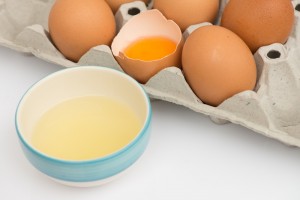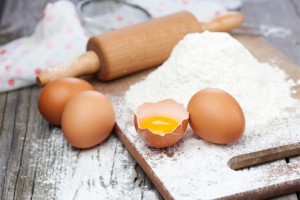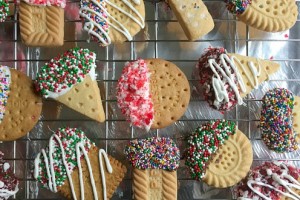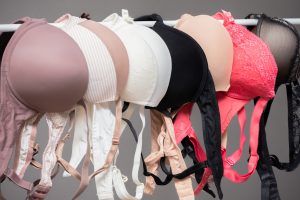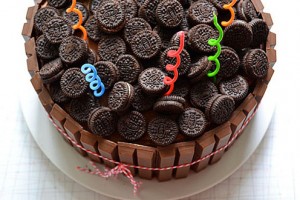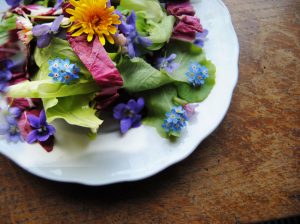How to Measure Wet and Dry Ingredients Properly
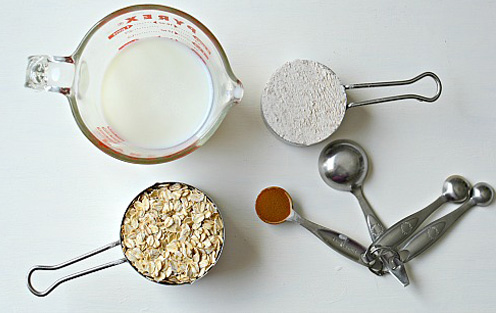
A few months ago, my friend and I were making mulled cider jelly for her wedding, when she pulled a large glass-measuring cup from my kitchen cupboard to portion out the sugar. I was shocked. She’s a skilled home cook, and I was certain she would know that that particular measuring glass was for liquid ingredients only. I mentioned that she should use the metal 1-cup measure for the sugar because it’s a dry ingredient, and she was surprised to learn that there was actually a difference, and that it really mattered.
That’s when it dawned on me that it might be time to offer a refresher on how to properly measure wet and dry ingredients. Here goes:
Dry Ingredients:
- Dry ingredient measures typically come in ¼-cup, 1/3-cup, ½-cup, and 1-cup sizes. They are often plastic or metal and are usually connected with a ring to keep them all together (tip: I remove mine and leave them loose).
- To properly measure dry ingredients with these cups, I like to employ the ‘spoon and sweep’ method, which means I spoon my ingredient into the cup, overfilling it so the ingredients are rounded, and then I take a straight edge (usually a butter or palette knife) and run it over the cup to level it.
- Before I spoon flour into my measuring cup, I like to aerate it a little with a fork, spoon, knife or whisk.
- Take care not to shake or tap the ingredients into the measuring cup, as this will pack it in. The only exception to this rule is with brown sugar, as it should always be pressed into your measuring cup (this is why most recipes call for ‘packed brown sugar’).
- Fats (butter, shortening) are easily measured by using the markings on the packaging they come in, or you can press them into a dry measure cup and level off with a straight edge.
- Dry measuring cups should be used for: sour cream, yogurt, and grated cheeses.
Wet Ingredients
- The levels that are marked on the outside of a glass or plastic see-through container almost always measure liquids.
- These levels usually read in cups, ounces, and millilitres.
- To measure accurately, bend down and look at the container at eye-level as you pour. This will ensure an almost-perfect measurement.
- Liquid measuring cups should be used for: honey.
Measuring Spoons
- These can be used for dry (spices) and liquid (vanilla extract) measures.
- They usually come in measurements of ¼ teaspoon (1 mL), ½ teaspoon (2 mL), 1 teaspoon (5 mL) and 1 tablespoon (15 mL).
Ultimately, the best way to measure an ingredient is to weigh it. A kitchen scale delivers the most accurate reading, although very few North American-created recipes use measurements that are convenient to weigh on a scale. European recipes and those that are created by chefs are almost always written in metric, allowing you to employ this near-perfect method of measuring.
Do you know how to measure your wet and dry ingredients properly? Do you do anything differently that I do?
